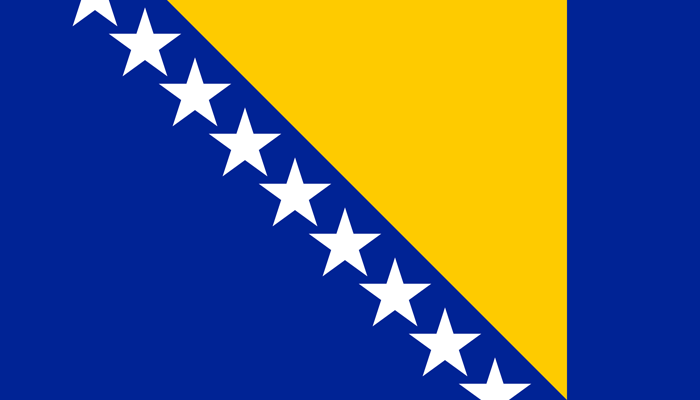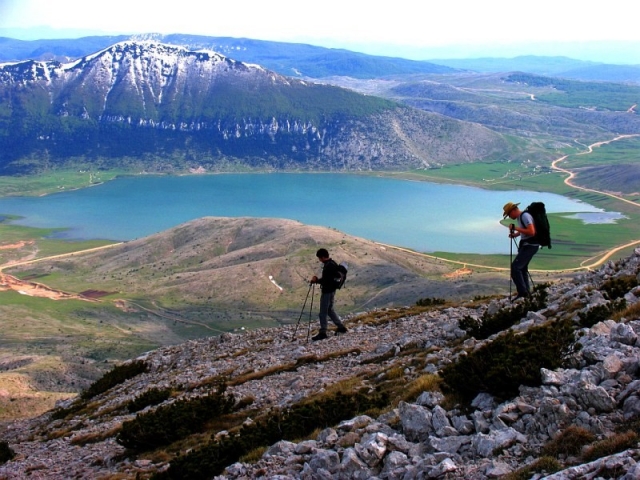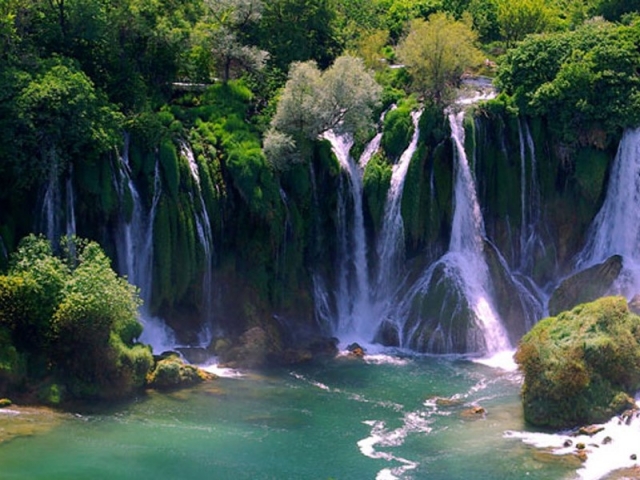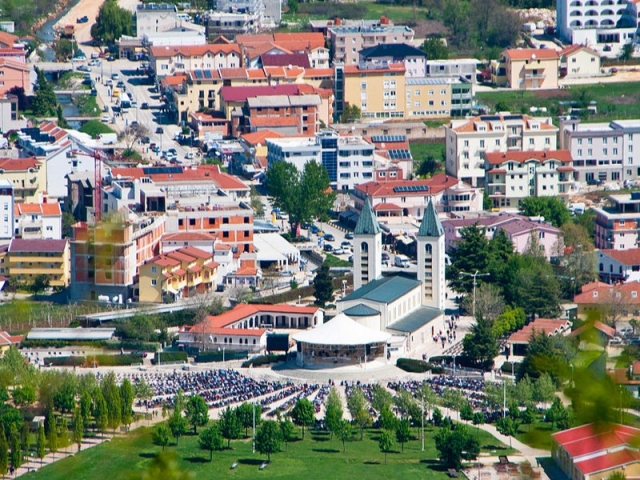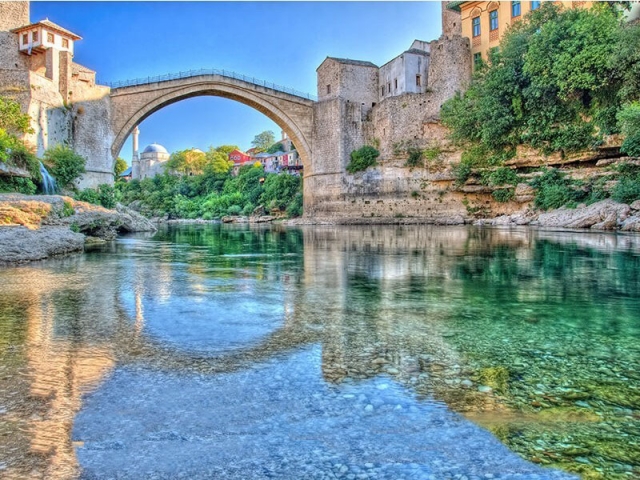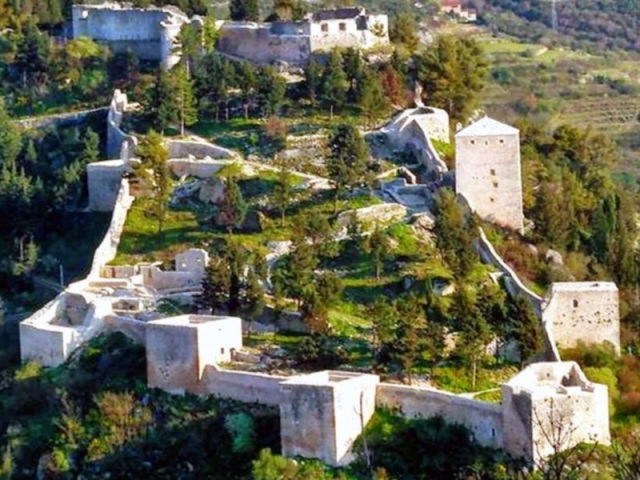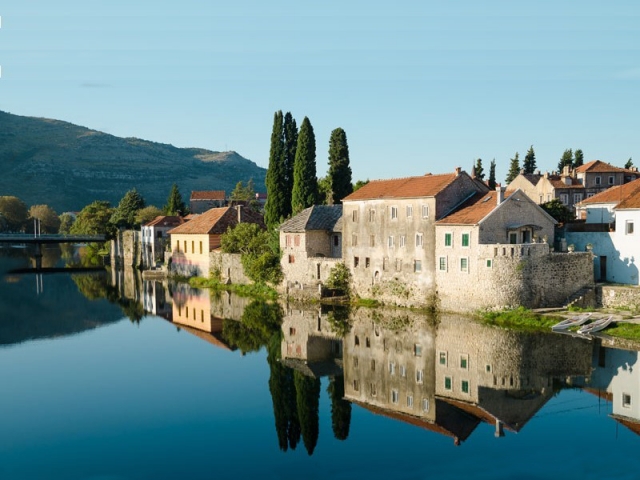Herzegovina is a geographic region that encompasses the southern part of Bosnia and Herzegovina. The Herzegovina is the most geographically diverse area of the state – from the sea in the south-west to the northern mountainous region in the north, from the barren crassic landscape to fertile plains and forests, and from crystal clear waters of its lakes and rivers to murky swamp areas. Herzegovina is mountainous and a lowland, seaside and continental all at once. Picturesque mountains, Neretva as a lifeline, the coast and blue seas give it a distinctive and unique beauty. Aside from beautiful landscapes and preserved nature, Herzegovina has a great cultural and historical heritage.
Herzegovina has been continously inhabited for the last 12,000 years – the oldest testament to that are cave paintings discovered near today’s town of Stolac. Some of the most interesting cultural monuments are ancient cities Daorson and Mogorjelo, medieval forts Počitelj and Blagaj, and the ottoman bazaar in Mostar with the Old Bridge. Herzegovina is also a religious centre in Bosnia and Herzegovina, with holy sites representing all three main religious groups in the country, which can be found in Međugorje, Blagaj and Žitomislići. Some of the larger urban centres of Herzegovina are Mostar, Trebinje, Jablanica, Konjic, Široki Brijeg, Čapljina, Posušje, Ljubuški, Stolac, Ljubinje, and Neum – the only coastal town in Bosnia and Herzegovina.
